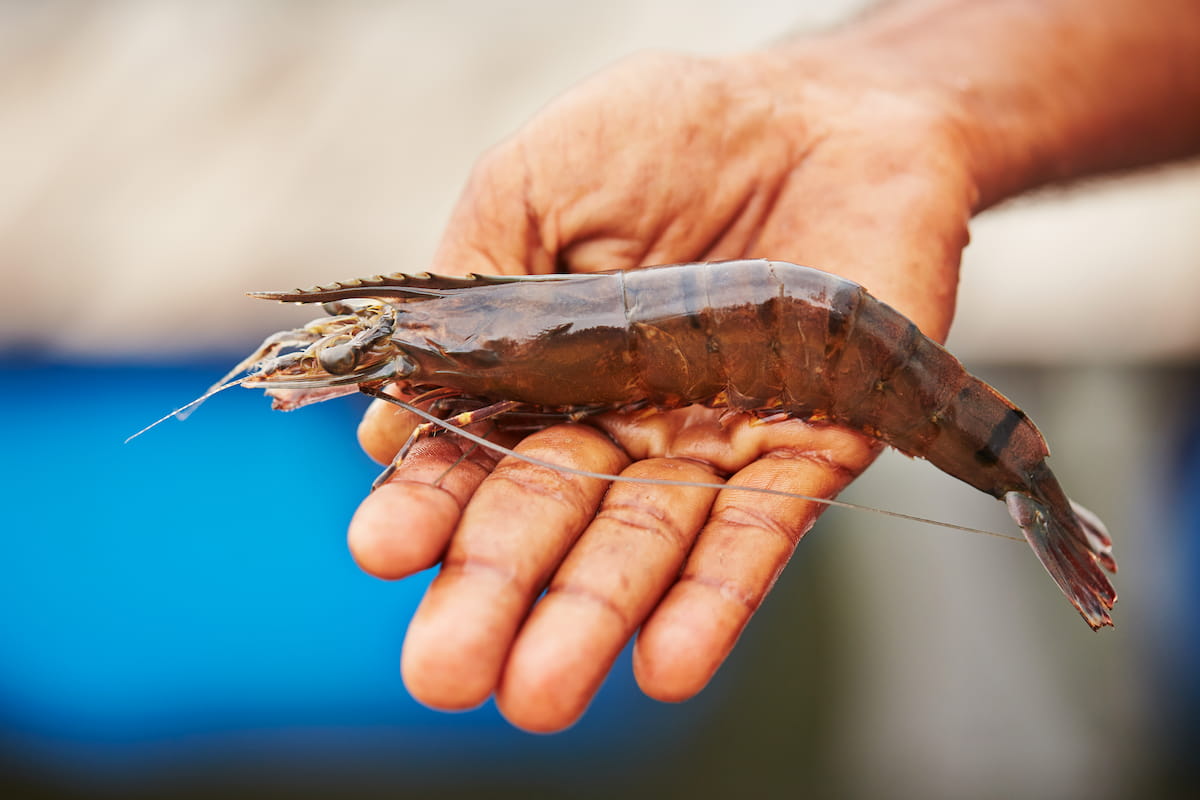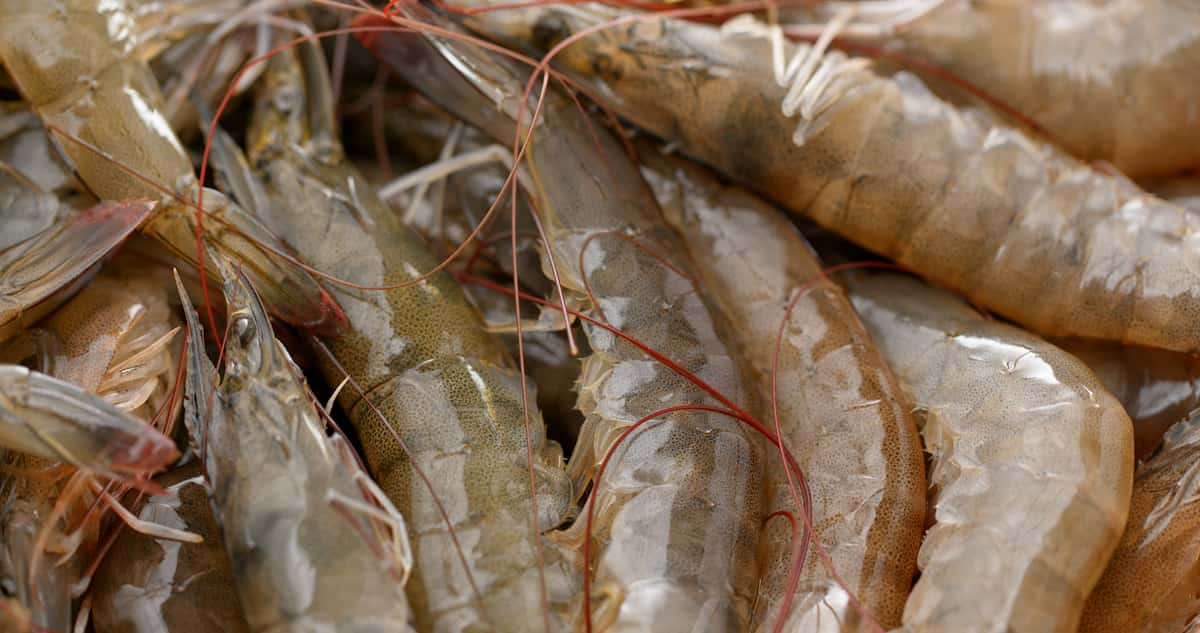Shrimp is the most popular type of aquarium pet due to their unique and fascinating characteristics. However, keeping shrimp healthy can be challenging, especially if you are new to the hobby. One of the biggest obstacles to keeping healthy shrimp is preventing and treating diseases. Fortunately, there are ten essential steps that you can take to help prevent and treat shrimp diseases at home. By following these simple DIY steps, you can help ensure the health and longevity of your shrimp.

Steps to Prevent and Treat Shrimp Diseases
What is Shrimp Farming?
Shrimp farming is a profitable and straightforward aquaculture business that involves growing prawns or shrimp for human consumption. While marine shrimp farming has been popular for decades, producers are now focusing on producing shrimp as a principal crop rather than as a secondary one. Many farmers have converted their rice fields, fish ponds, and salt beds into shrimp farms, using modern systems for products that enable high yields in small areas.
Freshwater shrimp farming is also gaining popularity, with China being the world’s largest producer of freshwater prawns, with an annual production of around 670,000 tons in 2010. Traditional fish farming systems were used to stock fish ponds with shrimp fry collected from the wild or through tidal water entering the ponds. However, nowadays, farmers are increasingly using modern techniques to produce shrimp.
Importance of Preventing and Treating Shrimp Diseases
- Protecting investment: Shrimp farming is significant, and disease outbreaks can cause significant financial losses. Farmers can protect their investments and ensure profitability by preventing and treating shrimp diseases.
- Ensuring sustainable production: Disease outbreaks can lead to significant production losses, harming the environment and the sustainability of the business. Preventing and treating shrimp diseases can help maintain sustainable production practices.
- Maintaining shrimp health: Healthy shrimp are more productive and have better growth rates, leading to higher yields and more significant profits for farmers.
- Meeting quality standards: Shrimp affected by diseases may need to meet quality standards for human consumption, leading to financial losses for the farmers and a negative impact on the industry’s overall reputation.
- Ensuring food safety: Shrimp diseases can impact food safety, making it essential to prevent and treat any outbreaks. Proper disease management practices can ensure that shrimp are safe for human consumption.
- Protecting the environment: Disease outbreaks can also significantly impact the surrounding environment, such as pollution and the introduction of non-native species. Preventing and treating shrimp diseases can help protect the environment and maintain a healthy ecosystem.
In case you missed it: Important Minerals and Vitamins in Shrimp/Prawn Farming

Common Shrimp Diseases and Symptoms
Several common diseases affect shrimp worldwide, including AHPND, WSSV, and EHP. AHPND is caused by Vibrio parahaemolyticus and affects giant tiger prawns and whiteleg shrimp, causing sudden mass mortalities usually within 30-35 days of stocking grow-out ponds.
This disease targets gut-associated shrimp tissues and organs, and prevention methods include improving hatchery sanitary conditions, screening post-larvae, and controlling feeding rates. WSSV, a virus first detected in Taiwan in 1992, causes a rapid reduction in food consumption, lethargy, and high mortality within 3-10 days of the onset of clinical signs.
- Vibrio disease: Caused by Vibrio parahaemolyticus bacteria, this disease can be prevented by keeping shrimp tanks clean and treated with antibiotics like tetracycline.
- White spot disease: Caused by a parasite called Cryptocaryon irritans, this is the most common shrimp disease in aquaculture. Quarantining new shrimp and using the special medication can help prevent and treat this disease.
- Bacterial infections: Caused by different types of bacteria, such as Pseudomonas, Vibrio, and Aeromonas species, bacterial infections can be treated with antibiotics like erythromycin or chloramphenicol.
- Fungal infections: These are relatively rare but can occur in humid conditions. The most common fungus that affects shrimp is the Saprolegnia species.
- Red Leg Disease: A bacterial infection that causes redness and swelling in shrimp’s legs. Prevention is the best control method, but antibiotics can be used for treatment.
10 DIY Essential Steps to Prevent and Treat Shrimp Diseases
- Practice strict biosecurity measures – Keep sick shrimp away from healthy shrimp, disinfect equipment and clothing, and quarantine new stock before introducing them to the main farm.
- Use clean, disinfected tanks and equipment – Clean and disinfect equipment that comes into contact with your shrimp, including their food and water.
- Quarantine new shrimp – Observe new shrimp for any signs of illness and treat them if necessary before adding them to your main tank.
- Keep your water clean – Regularly perform water changes and keep your substrate clean to prevent the spread of disease.
- Provide adequate aeration – Shrimp need oxygen-rich water to stay healthy, so ensure your aquarium has enough aeration to keep the water well-oxygenated.
- Cook shrimp properly – Consumers can help prevent the spread of shrimp diseases by buying only from reputable sources and cooking shrimp properly.
Sterilization: Sterilisation is essential to prevent shrimp diseases on the farm. To sterilize, clean the pond and equipment with a high-pressure disinfectant spray. Use pre-filters to prevent pathogens in the water, and use chemical disinfectants with full aeration. Sodium hypochlorite, KMnO4, and TCCA can be applied for 24 hours. Maintain the right amount of sodium thiosulphate to remove excess chlorine.
Improve biosecurity: Some simple measures include using a pond liner, like HDPE, to control water and prevent toxic reactions with soil. Fences can be installed to keep wild animals from entering farm, which can carry harmful pathogens. It is also important to control the movement of people and vehicles, ensuring they undergo disinfection and cleaning procedures before entering and exiting the farm. Feed and probiotics should be stored in a specific room to maintain cleanliness and prevent contact with outside vectors that may transmit diseases.
Maintain alkalinity level: Maintaining optimal alkalinity levels in shrimp farming is crucial for pH stability and bacterial balance. A recommended alkalinity range is 120-150 ppm, achieved through the periodic application of bicarbonate or carbonate compounds. The amount applied should be at most 20 ppm per treatment, and measurements should be taken regularly. Treatment is best done at night when CO2 levels are higher due to respiration.
Calibrate: Before each cycle, it’s important to calibrate all measurement tools, such as the DO meter, pH meter, refractometer, and chemical test kit. Using uncalibrated tools may result in significant errors leading to mismanagement, while calibrated tools provide accurate data for informed decision-making.
In case you missed it: How to Start a Shrimp Farming Business: The Ultimate Guide

Conclusion
Preventing and treating shrimp diseases is crucial for a successful and profitable shrimp farm. Implementing these 10 DIY steps, including maintaining water quality, improving biosecurity, and proper feeding, can significantly reduce disease risk and improve shrimp health and productivity.
- Ultimate Guide to Ossabaw Island Hog: Breeding, Raising, Diet, and Care
- Ultimate Guide to Juliana Pig: Raising Facts, Size, Diet, Care, and Lifespan
- Raising Lleyn Sheep: Disadvantages, Price, Uses, Characteristics, and Care
- Ultimate Guide to Meishan Pig: Breed Facts, Breeding, Raising, and Care
- Ultimate Guide to Teacup Pigs: Raising, Diet, Lifespan, Cost, and Care
- Guide to Raising Poll Dorset Sheep: Facts, Profile, Characteristics, Uses, and Care
- Ultimate Guide to Bighorn Sheep: Characteristics, Diet, Lifespan, Breeding, and Lifecycle
- Ultimate Guide to Raising Katahdin Sheep: Farming Facts, Breed Profile, Uses, and Care
- Ultimate Guide to Raising Oreo Cows: Belted Galloways Farming Facts, Profile, Uses, and Care